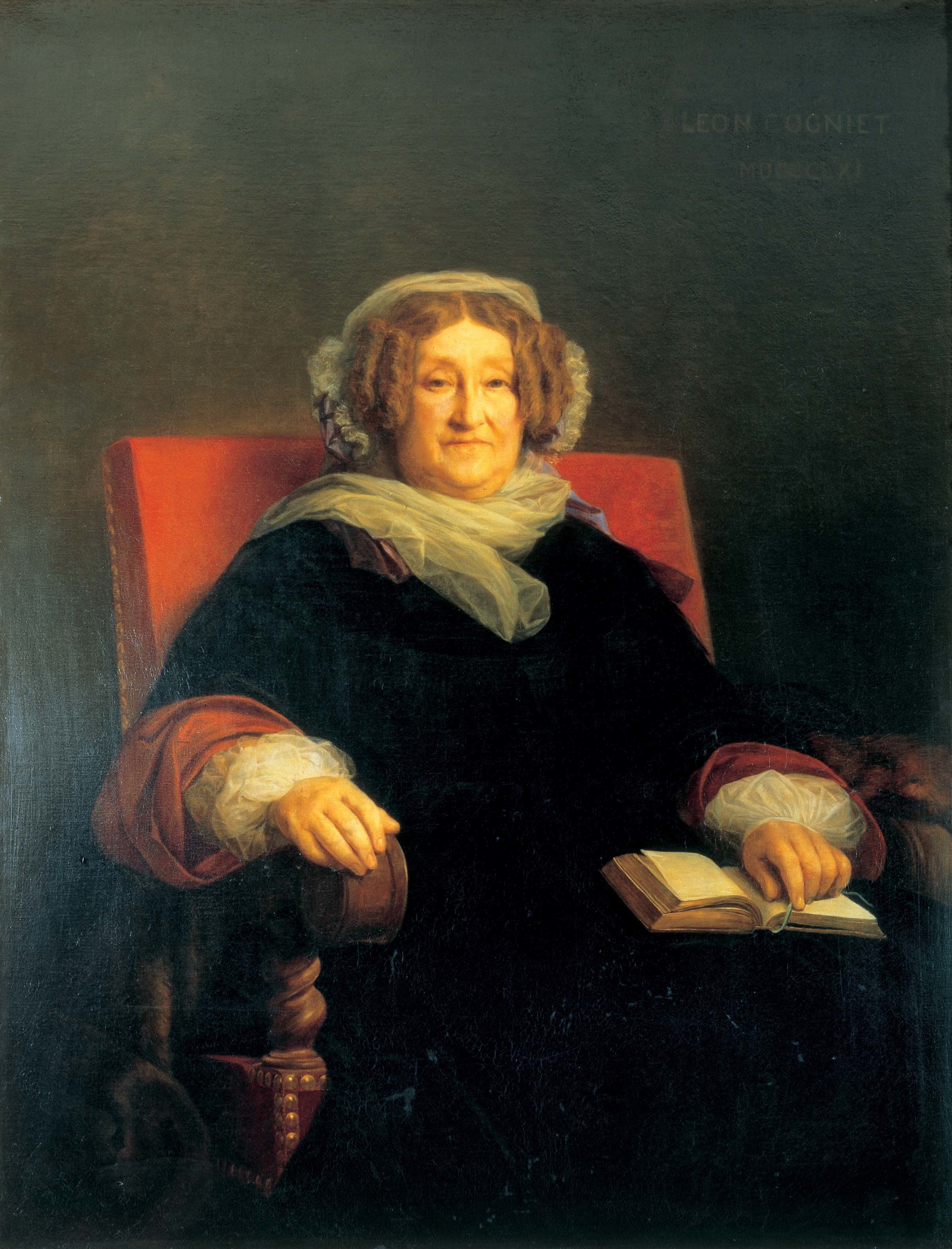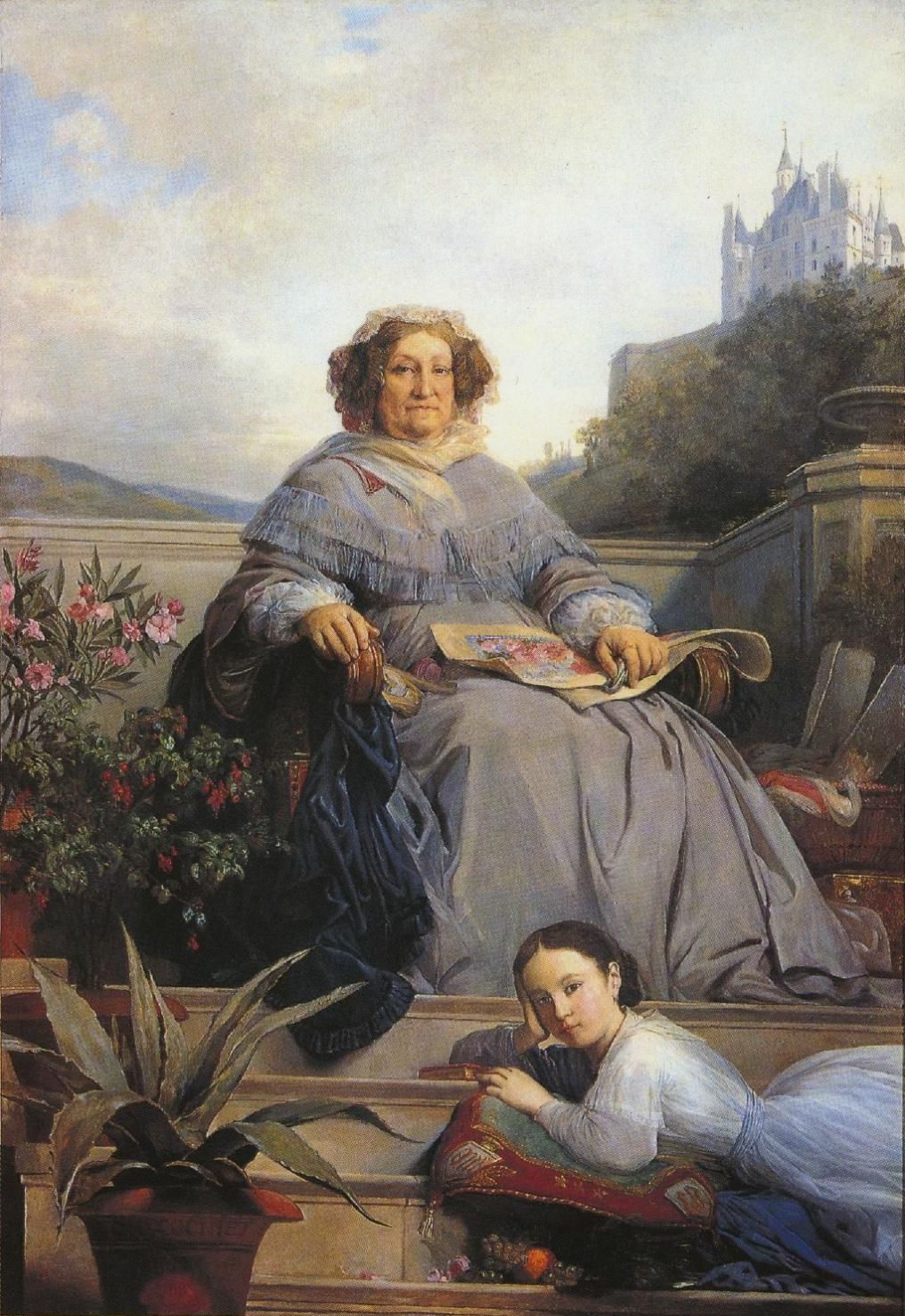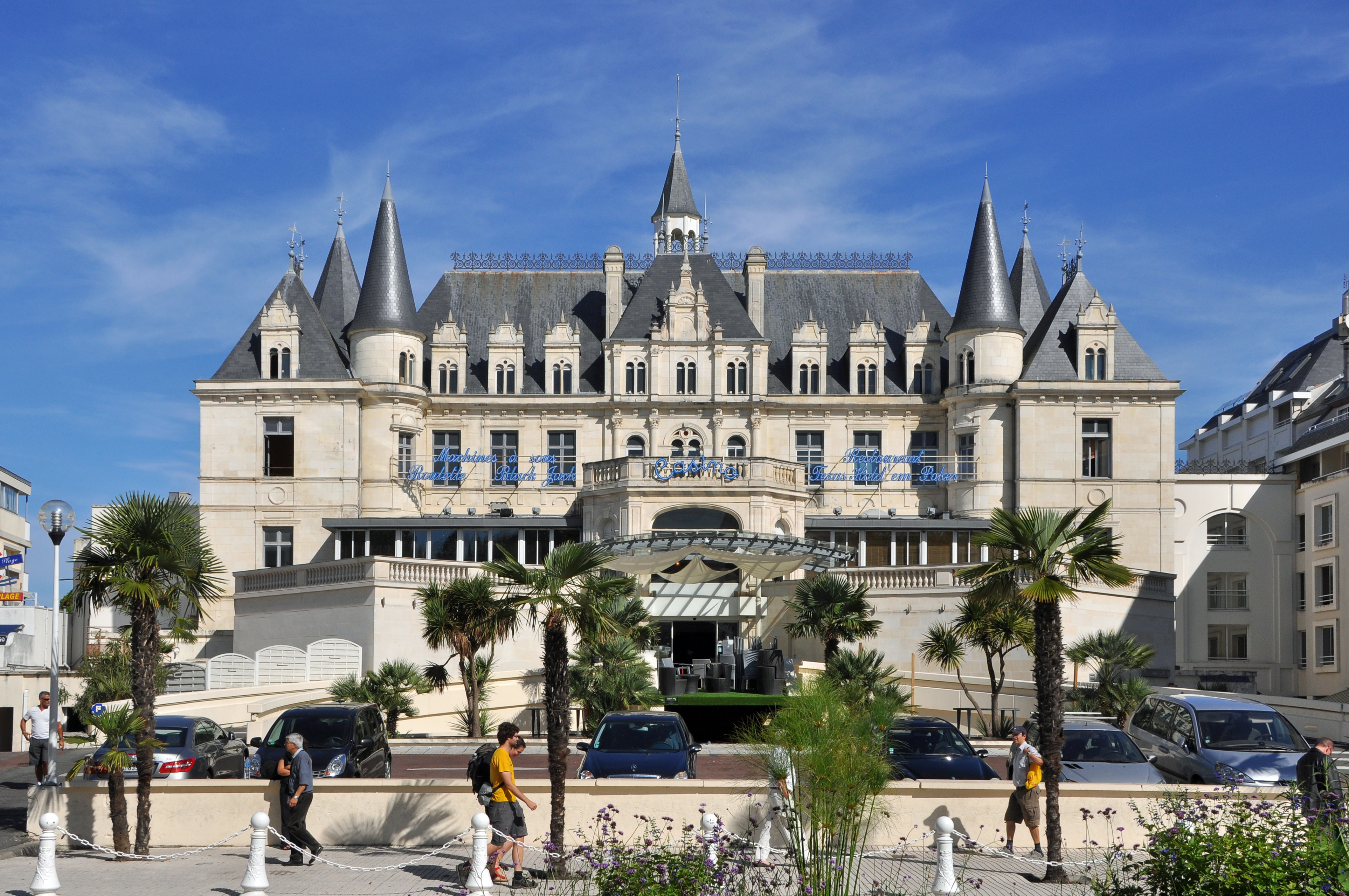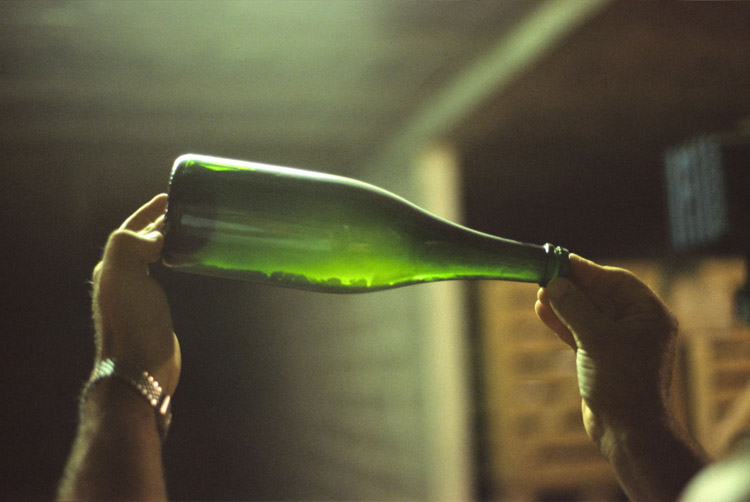|
Madame Clicquot Ponsardin
Madame Clicquot, ''née'' Barbe-Nicole Ponsardin, Widow Clicquot or Veuve Clicquot (16 December 1777 – 29 July 1866), known as the "Grande Dame of Champagne", was a French Champagne producer. She took on her husband's wine business when widowed at 27. Under her ownership, and her skill with wine, the company developed early champagne using a novel technique. The brand and company of Veuve Clicquot Ponsardin still bears her name. Biography Barbe-Nicole Ponsardin, born 16 December 1777 in Reims, was the daughter of a wealthy father, Ponce Jean Nicolas Philippe Ponsardin (from 1813, Baron Ponsardin), a textile manufacturer and politician.Women with Attitude Susan Vinnicombe, John Bank, 2003, . Retrieved 17 March 2009 Her mother was Jeanne Josephe Marie-Clémentine Letertre-Huart. She married François Clicquot at the age o ... [...More Info...] [...Related Items...] OR: [Wikipedia] [Google] [Baidu] |
Veuve Clicquot
Veuve Clicquot Ponsardin () is a Champagne house founded in 1772 and based in Reims. It is one of the largest Champagne houses. Madame Clicquot is credited with major breakthroughs, creating the first known vintage champagne in 1810, and inventing the riddling table process to clarify champagne in 1816.G. Harding ''"A Wine Miscellany"'' pp 45–47, Clarkson Potter Publishing, New York 2005 H. Johnson ''Vintage: The Story of Wine'' pg 337 Simon & Schuster 1989 In 1818, she invented the first known blended rosé champagne by blending still red and white wines, a process still used by the majority of champagne producers. During the Napoleonic Wars, Madame Clicquot made strides in establishing her wine in royal courts throughout Europe, notably that of Imperial Russia. She played an important role in establishing Champagne as a favored drink of high society and nobility throughout Europe. The house has borne its distinctive gold-yellow label since the late 19th century. ... [...More Info...] [...Related Items...] OR: [Wikipedia] [Google] [Baidu] |
Boursault
Boursault () is a commune of the Marne department in northeastern France. Population See also *Communes of the Marne department The following is a list of the 613 communes in the French department of Marne. The communes cooperate in the following intercommunalities (as of 2020):Communes of Marne (department) {{Marne-geo-stub ... [...More Info...] [...Related Items...] OR: [Wikipedia] [Google] [Baidu] |
1777 Births
Events January–March * January 2 – American Revolutionary War – Battle of the Assunpink Creek: American general George Washington's army repulses a British attack by Lieutenant General Charles Cornwallis, in a second battle at Trenton, New Jersey. * January 3 – American Revolutionary War – Battle of Princeton: American general George Washington's army defeats British troops. * January 13 – Mission Santa Clara de Asís is founded in what becomes Santa Clara, California. * January 15 – Vermont declares its independence from New York, becoming the Vermont Republic, an independent country, a status it retains until it joins the United States as the 14th state in 1791. * January 21 – The Continental Congress approves a resolution "that an unauthentic copy, with names of the signers of the Declaration of independence, be sent to each of the United States. *February 5 – Under the 1st Constitution of Georgia, 8 counti ... [...More Info...] [...Related Items...] OR: [Wikipedia] [Google] [Baidu] |
Champagne Producers
The listing below comprises some of the more prominent houses of Champagne. Most of the major houses are members of the organisation ''Union de Maisons de Champagne'' (UMC), accessed 2010-08-07 and are sometimes referred to as ''Grandes Marques''. Champagne houses See also * * * |
19th-century French Businesswomen
The 19th (nineteenth) century began on 1 January 1801 ( MDCCCI), and ended on 31 December 1900 ( MCM). The 19th century was the ninth century of the 2nd millennium. The 19th century was characterized by vast social upheaval. Slavery was abolished in much of Europe and the Americas. The First Industrial Revolution, though it began in the late 18th century, expanding beyond its British homeland for the first time during this century, particularly remaking the economies and societies of the Low Countries, the Rhineland, Northern Italy, and the Northeastern United States. A few decades later, the Second Industrial Revolution led to ever more massive urbanization and much higher levels of productivity, profit, and prosperity, a pattern that continued into the 20th century. The Islamic gunpowder empires fell into decline and European imperialism brought much of South Asia, Southeast Asia, and almost all of Africa under colonial rule. It was also marked by the collapse of the la ... [...More Info...] [...Related Items...] OR: [Wikipedia] [Google] [Baidu] |
19th-century French Businesspeople
The 19th (nineteenth) century began on 1 January 1801 ( MDCCCI), and ended on 31 December 1900 ( MCM). The 19th century was the ninth century of the 2nd millennium. The 19th century was characterized by vast social upheaval. Slavery was abolished in much of Europe and the Americas. The First Industrial Revolution, though it began in the late 18th century, expanding beyond its British homeland for the first time during this century, particularly remaking the economies and societies of the Low Countries, the Rhineland, Northern Italy, and the Northeastern United States. A few decades later, the Second Industrial Revolution led to ever more massive urbanization and much higher levels of productivity, profit, and prosperity, a pattern that continued into the 20th century. The Islamic gunpowder empires fell into decline and European imperialism brought much of South Asia, Southeast Asia, and almost all of Africa under colonial rule. It was also marked by the collapse of the la ... [...More Info...] [...Related Items...] OR: [Wikipedia] [Google] [Baidu] |
Anne De Rochechouart De Mortemart
Anne, alternatively spelled Ann, is a form of the Latin female given name Anna. This in turn is a representation of the Hebrew Hannah, which means 'favour' or 'grace'. Related names include Annie. Anne is sometimes used as a male name in the Netherlands, particularly in the Frisian speaking part (for example, author Anne de Vries). In this incarnation, it is related to Germanic arn-names and means 'eagle'.See entry on "Anne" in th''Behind the Name'' databaseand th"Anne"an"Ane"entries (in Dutch) in the Nederlandse Voornamenbank (Dutch First Names Database) of the Meertens Instituut (23 October 2018). It has also been used for males in France ( Anne de Montmorency) and Scotland (Lord Anne Hamilton). Anne is a common name and the following lists represent a small selection. For a comprehensive list, see instead: . As a feminine name Anne * Saint Anne, Mother of the Virgin Mary * Anne, Queen of Great Britain (1665–1714), Queen of England, Scotland, and Ireland (1702–07) ... [...More Info...] [...Related Items...] OR: [Wikipedia] [Google] [Baidu] |
Château De Boursault
The Château de Boursault is a neo-Renaissance château in Boursault, Marne, France. It was built between 1843 and 1850 by Madame Clicquot Ponsardin, the ''Veuve Clicquot'' (Cliquot Widow) who owned the Veuve Clicquot champagne house. It was sold by her heir to the Berry family of Canada from 1913 to 1927 and was used as a military hospital in both the first and second world wars. Today the Château de Boursault brand of champagne is made from grapes grown in the vineyards around the château and is aged in its cellars. History There are records of the seigneurie de Boursault from the 14th century, when Robert de Flandre, seigneur de Brugny, ceded the land to Geoffroy de Naast. It seems to have been returned, and given to the daughter of Robert de Flandre, who married Henry IV, Count of Bar (–1344). In 1409, Cardinal Louis de Bar (–1430) was given Boursault and other seigneuries by his father, Robert, Duke of Bar (1344–1411). The old fortress château of the barons of Bour ... [...More Info...] [...Related Items...] OR: [Wikipedia] [Google] [Baidu] |
Yeast (wine)
The role of yeast in winemaking is the most important element that distinguishes wine from fruit juice. In the absence of oxygen, yeast converts the sugars of the fruit into alcohol and carbon dioxide through the process of fermentation.Jeff Cox ''"From Vines to Wines: The Complete Guide to Growing Grapes and Making Your Own Wine"'' pp. 133–36 Storey Publishing 1999 The more sugars in the grapes, the higher the potential alcohol level of the wine if the yeast are allowed to carry out fermentation to dryness.D. Bird ''"Understanding Wine Technology"'' pp. 67–73 DBQA Publishing 2005 Sometimes winemakers will stop fermentation early in order to leave some residual sugars and sweetness in the wine such as with dessert wines. This can be achieved by dropping fermentation temperatures to the point where the yeast are inactive, sterile filtering the wine to remove the yeast or fortification with brandy or neutral spirits to kill off the yeast cells. If fermentation is uninte ... [...More Info...] [...Related Items...] OR: [Wikipedia] [Google] [Baidu] |
Riddling
The traditional method is the process used in the Champagne region of France to produce Champagne. It is also the method used in various French regions to produce sparkling wines (not called “Champagne”), in Spain to produce Cava, in Portugal to produce Espumante and in Italy to produce Franciacorta. The method is known as the ''méthode champenoise,'' but the Champagne producers have successfully lobbied the European Union to restrict the use of that term within the EU only to wines produced in Champagne. Thus, wines from elsewhere cannot use the term "''méthode champenoise''" on products sold in the EU, and instead the term "traditional method" (''méthode traditionnelle'') or the local language equivalent (''método tradicional'' in Spain and Portugal, ''metodo classico'' or ''metodo tradizionale'' in Italy, and in Germany ''klassische Flaschengärung''). South African wines from the Western Cape are labelled with the term ''Methode Cap Classique''. Some wine producer ... [...More Info...] [...Related Items...] OR: [Wikipedia] [Google] [Baidu] |








